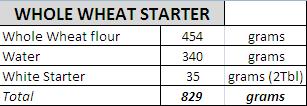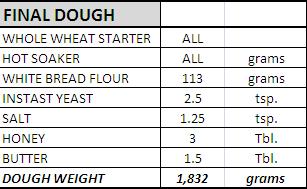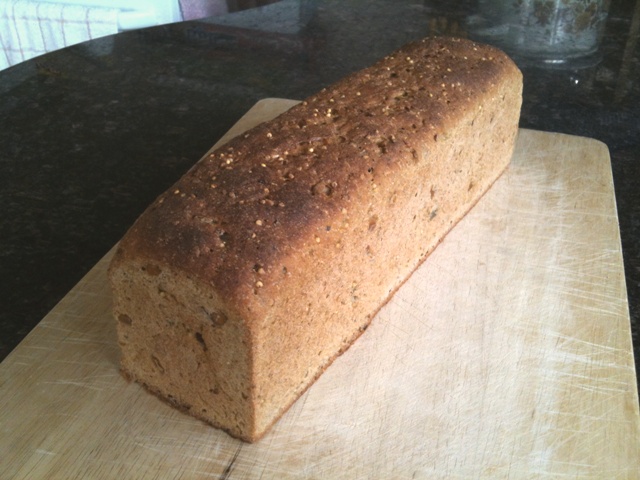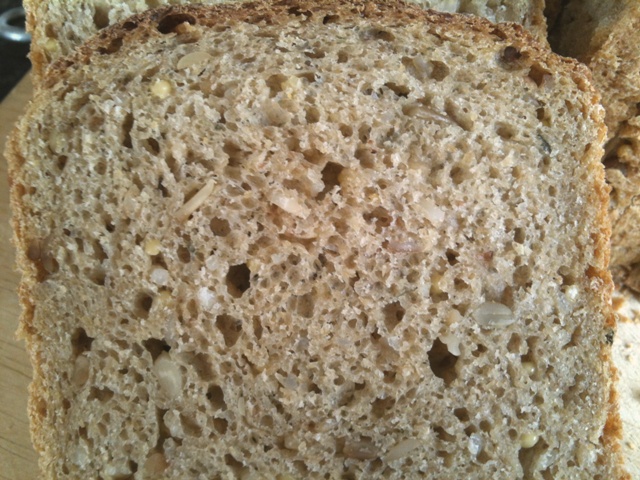This is my third take on Peter Reinhart’s Multigrain Struan from his excellent book” “Whole grain breads”. My first two bakes were on stone, but this one is in a Pan. I have made few changes:
1 – Doubled the recipe to fit two Pans: 1kg, and 700 gr. (The loaf shown is the 1 Kg)
2 – Used only white sourdough starter for the Biga.
2 – Added 113g White Bread flour to the final dough, not whole Wheat flour.


The dough was mixed and left to ferment for 12 hours at room temperature.


Soaker mixed and covered immediately, and left at room temperature for 12 hours. I used Rolled Oats, millet, corn meal, Buckwheat, cracked wholegrain rice, cracked wheat, toasted sunflower seeds, toasted Pumpkin seeds.





The dough was weak, given all the seeds, but was never crumbly. The fermentation was fast, and should be watched closely.
The Crust was soft, and the crumb was smooth. A sour flavor was very much present, but not dominant. It tastes, and feels closer to a volkornbrot (though much lighter), than a regular whole wheat. It is not dense at all.
This bread is rather a sourdough than what Peter Rh. intended it to be, it is nicely sour-ish, and i think i have used a bit too much SD starter, it is bound to become assertively sour in a few days.
With 50% preferment, a wild yeast starter is not the choice, if someone hates sour notes in a bread.
Absolutely Lovely bread, though.
Khalid